Preliminary Reports and Key Updates on Recent Aviation Incidents
There have been some key updates on recent cases that are clearly of interest, but at the same time, they aren’t quite enough for a full-length article. Today, I’ve decided to deal with the problem with this compilation post of updates to seven different incidents, along with links to the original articles for reference.
Dreamliner Crash in Ahmedabad: Air India flight 171
Investigators recovered both of the Enhanced Airborne Flight Recorders from the wreckage of Air India flight 171 earlier this month. Analysts confirmed that they had the data from the Cockpit Voice Recorder but last week, there was concern about the fire damage from the Flight Data Recorder. Today, the BBC reports that investigators have successfully extracted the data from the damaged Flight Data Recorder, which will be crucial in explaining what happened in those seconds after take off.
According to the Times of India, the final report may be released as soon as in a month, which might mean that investigators already have an understanding of the cause.
Near Miss at Midway
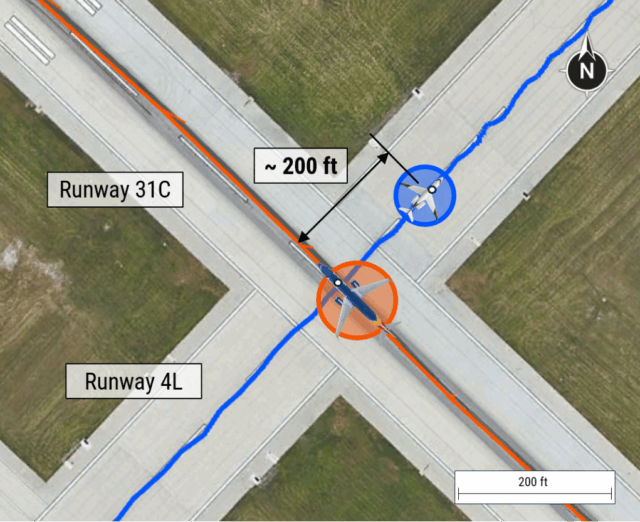
The NTSB has released the preliminary report on the runway incursion which caused Southwest Airlines 2504 to perform a last-minute go-around. Both cockpit voice recorders were overwritten, so the primary information is crew interviews and ADS-B data. The crew of Flexjet flight 560, a Bombardier Challenger 350, stated that they did not recognise that they were entering a runway but believed they were crossing a taxiway. They said that they had looked left and right before entering but did not see the Boeing 737 on final approach. The report shows that Southwest flight 2504 crew called “go around” after the 100-foot altitude callout; the aircraft passed less than 200 feet behind the Challenger as it cleared the runway.
Dangerous Design behind the Washington DC Mid-Air Collision
The FAA has already modified the helicopter routes around Ronald Reagan Washington National Airport, effective 12th June.
The investigative hearings will take place 30th July to 1st August, which should cover give the key findings. They will be livestreamed on the NTSB YouTube channel.
American Airlines Fire at Denver: What We Know So Far
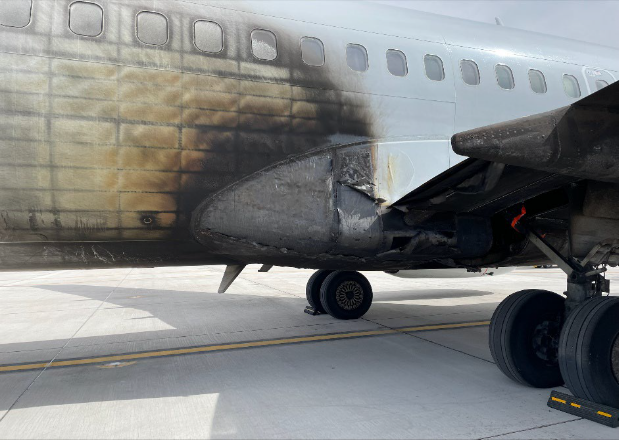
The NTSB has released the preliminary report which confirms that the fuel leak visible in the video of the aircraft was the cause of the fire.
The leak was caused by bad maintenance: an incorrectly installed lockwire and VSV actuator, which allowed fuel to leak during the flight and taxi.
The emergency door which did not open during the evacuation was found to have the slide jammed in the door. The report confirms that the flaps remained at 0° while the passengers evacuated from the wing, but does not explain why.
CRJ900 Overturns on Canada’s Busiest Runway
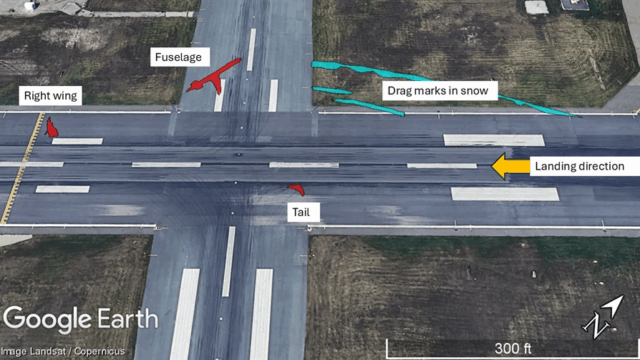
TSB Canada has released their preliminary report on the passenger flight (Endeavour Air/Delta Connection) whose wing tip struck the runway after landing causing the aircraft to flip. The report cites the excessive descent rate as a critical factor, as the Bombardier CRJ 900 was descending at 1,110 feet per minute on touchdown, almost double the landing gear’s design limit of 720 feet per minute. As a result, the right main landing gear fractured at touchdown; the right gear folded underneath and the wing struck the runway and detached.
The flight crew reduced thrust from 64% to 43% N1 after encountering wind gusts, but the descent rate increased dramatically in the final seconds. The EGPWS “sink rate” warning sounded 2.6 seconds before touchdown.
Citation II Crashes in San Diego Residential Area During Low-Visibility Approach]
The NTSB has released the preliminary report which confirms some key details. The pilot was certified for single-pilot operations; the person in the right seat was a pilot but it is not clear whether they were acting as crew. The weather was poor with a 200-foot cloud ceiling and visibility of half a mile/one kilometre. The descent profile matches what we saw from the ADSB data. The Citation II was flying at 167 knots at the final approach fix, slowing to 117 knots before hitting the power lines at 500 feet above mean sea levels. The pilot was based at the accident airport which means he was familiar with the approach and the existence of the power lines.
The Missing Bolts from Alaska Airlines flight 1282
This final report can be expected in the next few weeks as the board summary has already been released, including the probable cause.
We determined that the probable cause of this accident was the in-flight separation of the left MED plug due to Boeing’s failure to provide adequate training, guidance, and oversight necessary to ensure that manufacturing personnel could consistently and correctly comply with its parts removal process, which was intended to document and ensure that the securing bolts and hardware that were removed to facilitate rework during the manufacturing process were properly reinstalled. Contributing to the accident was the FAA’s ineffective compliance enforcement surveillance and audit planning activities, which failed to adequately identify and ensure that Boeing addressed the repetitive and systemic nonconformance issues associated with its parts removal process.
GA Fuel Exhaustion Case
I had made a note about a GA flight in 2023 in which a Piper PA-28-181 crashed during an emergency landing 1.5 miles short of the airport. It was already clearly a case of fuel exhaustion and there weren’t many additional details, so I didn’t write about it here.
According to the final report, the pilot had 48 gallons of fuel on board and assumed he’d be able to fly for five hours. At about 4 hours and 20 minutes, the pilot realised that the fuel was low and turned the fuel pump on. Shortly after that, the engine quit. He switched to the other tank and the engine restarted and then quit again. He landed on a gravel road, hitting a tree with the right wing in the process.
I include it here only for this FAA photo from the docket, which shows the amount of fuel recovered from the left fuel tank.
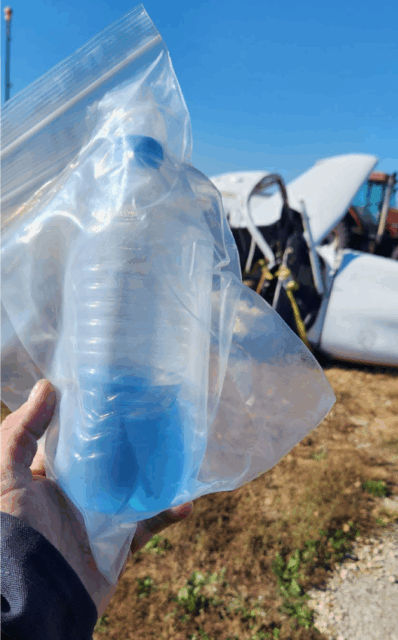
If you have other updates or information, please leave them in the comments!
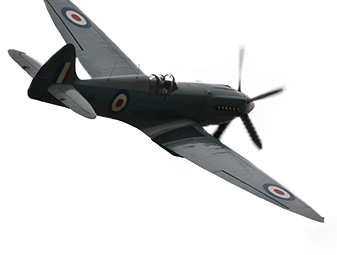







Excellent ! A summary of what is known about a number of incidents without resorting to sensationalism or speculations.
This is professional reporting as it should be.
But what is a Boeing 738? Maybe a 737 with some extra bits added ;-) ?
Or a 757 when extra bits fell off? ;-)
That’s a lot of extra bits!
Oh noooo
its a 373-800 but in a shorter word
whoops! i meant 737, not 373…
See how easy it is? 😅
I’m really wondering what happened with maintenance on that American Airlines plane!
There’s more detail in the executive summary but I have to admit, I’m waiting for the final report so I can dig into it properly.